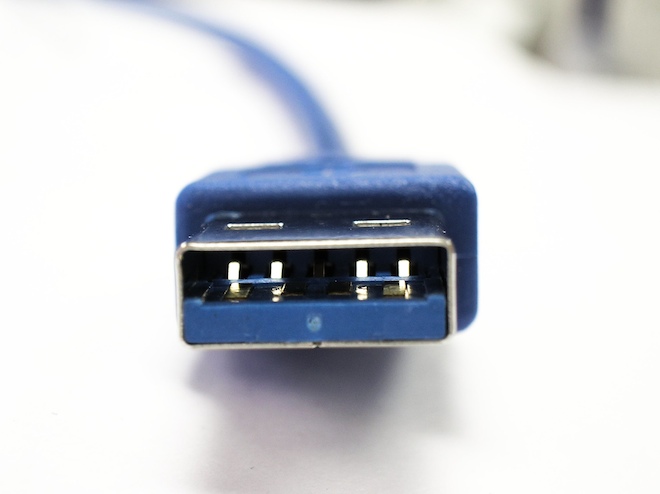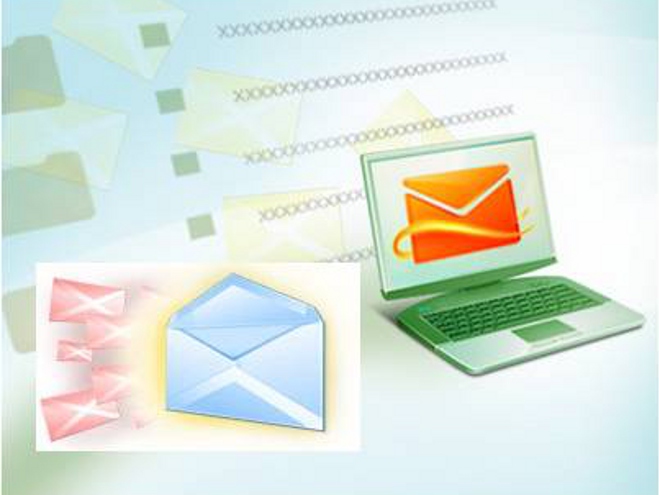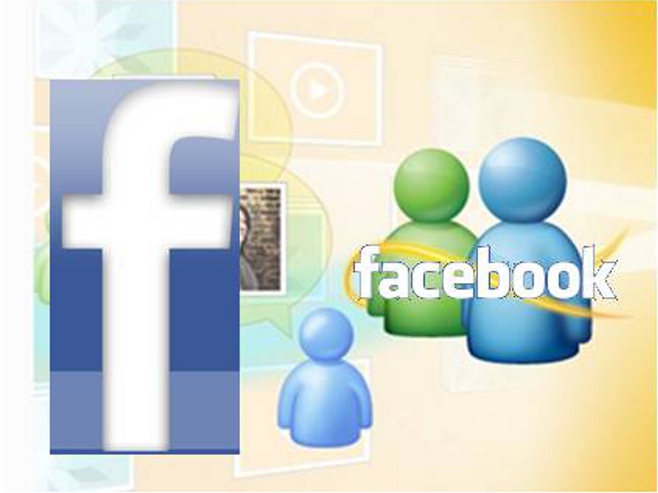Regardless of industry, there are few brands more iconic than
Porsche. And, of all the car shapes that have sprung from clay over the years, few are more evocative than the classic 911. It started in 1963 looking like a slightly stretched Beetle -- which it wasn't much bigger than. It's considerably larger and heavier now, having lost much of its design purity in the ensuing 40-odd years. Still, its same basic shape and layout remain: bug eyes up front and boxer motor in the rear, slung between the back wheels.
Today's 911, also known as the 997, has been around since 2005 and is about due to be replaced by a new model. This means it's at the top of its game, available in a dizzying array of flavors that include the sporty Carrera, sunny-day cruisin' Cabriolet, all-wheel drive powerhouse Turbo, all leading up to the mind-blowingly fast, twin-turbo 911 GT2. That car is as devoid of creature comforts as it is of apprehensions about sending you flying sideways into a tree. Screaming, probably.
These varying trim levels offer juicy bits of tech like active center differentials, launch control, and double-clutch gearboxes. Join us as we explore the race-ready bits of technology that make these cars faster and safer on the road and then take them for a spin around Barber Motorsports Park to see how it all comes together.
The basics
Want a 911? You certainly have your choice, with models starting at the base, $78,000 Carrera, a rear-wheel drive model offering 345hp. Spend another $13,000 and you get another 40hp with the Carrera S, or drop $84,000 for an all-wheel drive 345hp Carrera 4, or $136,000 for the 500hp Turbo, or $161,000 for the 530hp Turbo S, or $116,000 for the race-ready GT3, or a whopping $245,000 for the bombastic GT2, with 620hp. It's a humorously wide array of choices, over 20 basic permutations and a dizzying number of sub-options that ensure well-heeled buyers will have lots and lots of fun customizing theirs.
Engine choices range from the 385hp, 3.6 liter all the way up to that 620hp, 3.8 liter, twin-turbocharged selection in the GT2 RS. All motors are flat-sixes, an arrangement called "boxer" because the pistons move back and forth on a flat plane much like a couple of chaps wearing big gloves and having at it. Of course, in this case they'd be three-armed boxers, but you get the picture.
That motor is tucked away back behind the rear wheels, its flat profile enabling it to be situated low and yet still leaving room for a pair of back seats in most 911 models, though you wouldn't want to put any full-sized humans you really care about back there. In the RS models those seats make way for a roll cage that would make the kids at the jungle gym jealous -- and the dudes at the Sunday autocrosses, too.
In most trims the modern 911 is most certainly a luxury car, with most models offering interiors that stop short of posh but are decidedly upscale, the exceptions again being the hardcore RS models that strip out all that junk in favor of lightness. And handling. Oh, the handling.
The handling
Having the engine out back can be a blessing and a curse. The next time you're in the grocery store, try putting something heavy in the front of the cart, like a couple-dozen bottles of HFC-free, vitamin-infused, lightly-flavored spring water from somewhere in Scandinavia. A case of beer will do, too. Then, try turning the cart back and forth -- not so easy. Now, shift your beverage toward the back and try again. Suddenly that shopping kart feels more like a go-kart.
It's the same in the 911, less weight up front making for more adept turning and more weight over the rear can give a little more traction to the rear tires. But, break the rear-end loose when turning and that heavy lump of a motor tends to want to just keep on going around and around until it hits something solid. Similarly, having the weight at the rear can make things a little
interesting under braking, buxom posterior dancing from side to side like a booty girl on a catwalk.
Traction control
Confession time: traction control isn't the most exciting of topics, but here in Porsche-land it can be used not only to keep you out of a ditch but also to make you faster around the track. TC is, at its simplest, the car automatically cutting power to the driven wheels when they lose grip -- kind of like an anti-lock braking system in reverse. Most cars offer some form of TC, but they aren't all as advanced as Porsche's system.
Like others, Porsche's TC system detects when a wheel is slipping or spinning that shouldn't be. If you're accelerating away hard and you over-power the poor tires, starting a burnout, the engine power will be cut until the grip catches up. There's also a stability control (SC) system. This comes in to play when you're too fast in a turn, trying to make it around the bend but the car is sliding wide. In this case the car will automatically brake the inside wheels to help whoa things down and pivot around the apex rather than plow into the barrier.
The combined system can be disabled to varying degrees in various cars. In the dry you hardly notice it's there, even on the track, but in the wet skidpad Porsche has created, painted to keep the water from soaking through, you notice it. Switch it off and even a base Carrera will take you for a ride with the slightest provocation of your right foot. Turn it back on and all is well. The engagement in this situation is rather abrupt and harsh, but better that than inadvertent donuts.
All wheel drive
A lot of cars portend to spin all four wheels on the snow, but many of them do it in a very limited way, only adding torque to the back wheels after the fronts are already zinging wildly out of control. Many systems rely on viscous systems full of goo that turns into a solid when it heats up. Instead, Porsche uses an computer-controlled center differential to split power front-to-rear, and naturally has a special acronym for it: PTM, or Porsche Traction Management.
This system relies on electromagnets to engage a central clutch. When the clutch is locked power is evenly distributed to all four wheels, but under normal conditions two-thirds of that power goes to the rear to deliver a taste of RWD feel. This layout is optional on the base Carrera but comes standard on the higher-horsepower Turbo models. They really need the extra grip. However, it's not quite as advanced as systems like that on Nissan's GT-R, which has computer controlled differentials in the center, front, and rear.
Most Porsches, on the other hand, have what the company calls active braking differentials, or ABD. These are simple, open differentials that rely on the brakes to keep either of the two driven wheels from spinning up and robbing the other of torque. It'd take a few pages to fully explain why this solution is less than optimal, but suffice it to say the driver probably won't notice the difference. Indeed on the track the Turbo has a slightly heavier feel of the steering wheel and a hint of torque steer tugging at it when accelerating out of the turns. But, the extra grip is noticeable when accelerating, especially when accelerating
hard.
PDK: Porsche Doppelkupplung

That right there is a good German word, a whole heck of a lot of letters that means, simply, "double clutch." It's Porsche's name for its split gearbox, something that's more and more common in road cars and now is available in most 911 models -- if you don't mind paying a $4,000 to $5,000 premium. But, like with most things Porsche, you're not done spending just yet. You want to drop another $1,000 for the Sport Crono Plus option, which gives you the ability tune it and specify just how fast and how hard you want your shifts.
But what is it? Basically, Porsche's managed to fit
two gearboxes in a space not much bigger than a single one, putting the odd numbered gears in one and the even gears in the other. It's a little hard to explain, so let's look at an example: when in a normal gearbox, either standard or automatic, you start in first gear then shift up to second as you accelerate, disengaging first in the process. As you get faster and faster you move from one gear to the next.
In a double-clutch gearbox, like Porsche's PDK, when you start out the first gearbox has engaged first gear like normal. But, the second gearbox has also chosen a gear: it's already engaged second.
When you accelerate away and it's time up-shift there's actually no shifting involved: the engine simply switches from one transmission to the next. Almost instantly you're in second gear. The car predicts what gear you'll want next -- higher when accelerating and lower when braking -- and makes sure it's always ready. Shifts now take only milliseconds.

In practice, though, it isn't always that fast. In fact in the base PDK cars there's a noticeable lag between you asking for the next gear and actually getting it. Engage Sport Plus mode (part of that pricey Crono Plus package) and the experience becomes much more responsive.
Even when left in "D" mode (automatic) the car will now hold a gear right up to redline, even if you're only giving part-throttle, and will downshift absolutely as soon and hard as it can. If you weren't driving aggressively before, hitting that Sport Plus button certainly makes you feel like you should be.
The company's driving instructors say a PDK-equipped car is between two and three seconds faster around the track, which is an astonishing improvement. There's a definite cost, though, and we're not just talking money. Driving with PDK feels a little disconnected -- a little vague, even. But, you'll need it if you ever want to feel something absolutely amazing.
Launch control
Warp factor nine. Going plaid. Getting sucked into a black hole. These are all attempts at describing what it's like to experience launch control in a 530hp 911 Turbo S. The car already has the PTM all-wheel drive system we mentioned above, but launch control turns that knob, which is already at 11, up to somewhere north of 15.
Simply enable Sport Plus, put the car in D, place a foot on the brake, and floor it. The car holds revs and, as soon as you drop your foot off the brake, the world gets very, very blurry as you get to 60MPH in 3.1 seconds and explore the depths of the padding in the leather seat's back support.
As mind blowing as the G-forces are it's even more impressive to know that the system is actually not harmful to the drivetrain. Porsche reps told tales of cars doing hundreds of launches at press events before driving hundreds of miles to another press event and then doing it again. And again.
As fun as this is, we do hope that Porsche discontinues such excessive use of launch control. All those hard launches, while totally fun, are surely slowing the rotation of the Earth and will ultimately lead to extinction for the human race.
Infotainment
Sadly there's not a lot to report here. The Turbo S model we got a chance to drive on the road had the company's (optional, naturally) universal audio interface. Tucked away in the armrest is an Apple dock connector, USB port, and a simple 3.5mm line-in. Through here you can pump music from your iPod, thumb drive, or any other player and, really, that's about it. No smartphone integration. No
Pandora controlled by your voice. Nothing like that. Even
Chevrolet is now
looking more impressive in this department.
Wrap-up
The Porsche 911 isn't the most technologically advanced car on the planet, but if you tick all those myriad of option boxes you can certainly equip yourself with a mighty fancy ride with enough circuitry and three-letter acronyms to keep even the brainiest of gearheads grinning. Much of that serves to make the 911 a faster and safer car to drive, but ultimately a lot of it also serves to dilute the driving experience.
The top-shelf Turbo S model is bristling with tech and offers enough power to suck your eyeballs somewhere into your temporal lobe, but it also leaves you feeling a little disconnected. If you want that pure driving experience, step it down a few notches (and a few dozen thousand dollars) and go for something like a Carrera S or the GT3 RS, both of which offer old school, six-speed manual transmissions. Chances are cars with three pedals in the footwell aren't long for this world, so enjoy 'em while you can -- even if it means giving up a few seconds on the track.
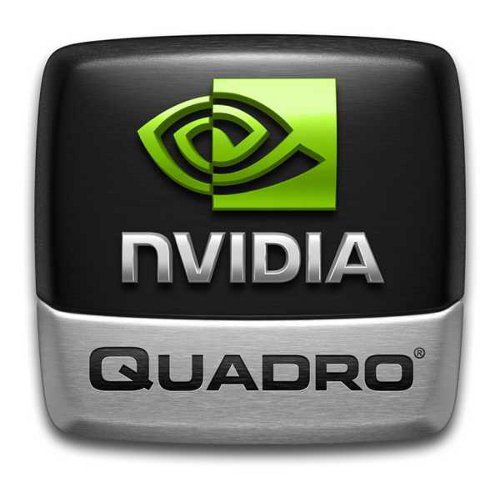














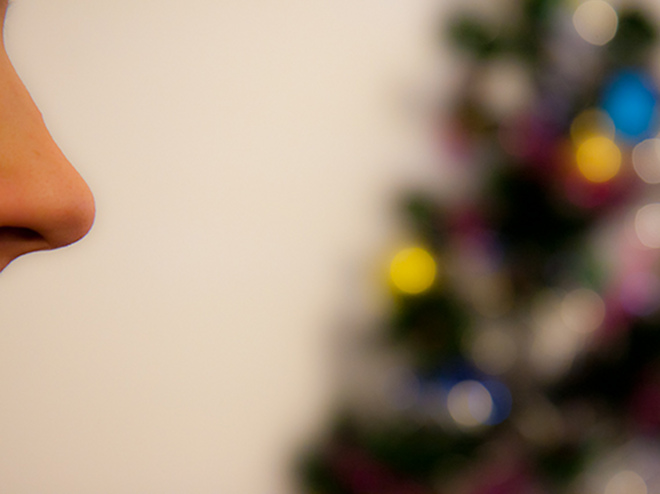

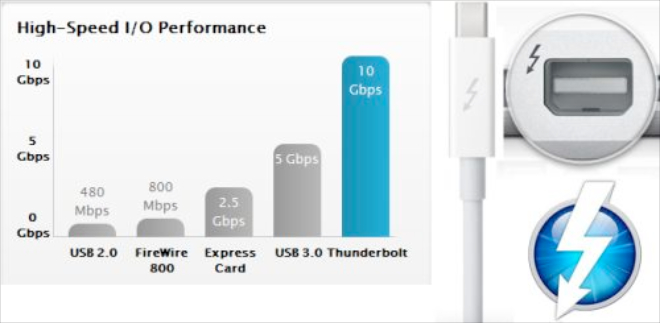
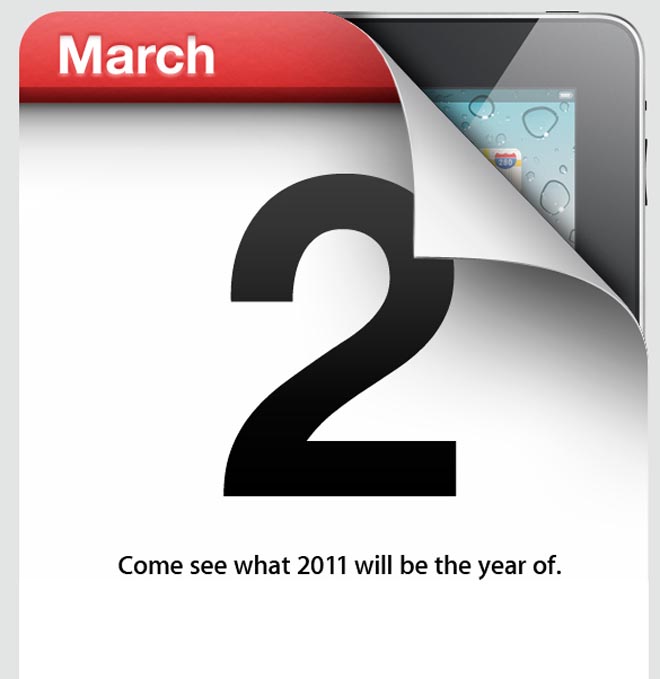







 That right there is a good German word, a whole heck of a lot of letters that means, simply, "double clutch." It's Porsche's name for its split gearbox, something that's more and more common in road cars and now is available in most 911 models -- if you don't mind paying a $4,000 to $5,000 premium. But, like with most things Porsche, you're not done spending just yet. You want to drop another $1,000 for the Sport Crono Plus option, which gives you the ability tune it and specify just how fast and how hard you want your shifts.
That right there is a good German word, a whole heck of a lot of letters that means, simply, "double clutch." It's Porsche's name for its split gearbox, something that's more and more common in road cars and now is available in most 911 models -- if you don't mind paying a $4,000 to $5,000 premium. But, like with most things Porsche, you're not done spending just yet. You want to drop another $1,000 for the Sport Crono Plus option, which gives you the ability tune it and specify just how fast and how hard you want your shifts. In practice, though, it isn't always that fast. In fact in the base PDK cars there's a noticeable lag between you asking for the next gear and actually getting it. Engage Sport Plus mode (part of that pricey Crono Plus package) and the experience becomes much more responsive.
In practice, though, it isn't always that fast. In fact in the base PDK cars there's a noticeable lag between you asking for the next gear and actually getting it. Engage Sport Plus mode (part of that pricey Crono Plus package) and the experience becomes much more responsive.




